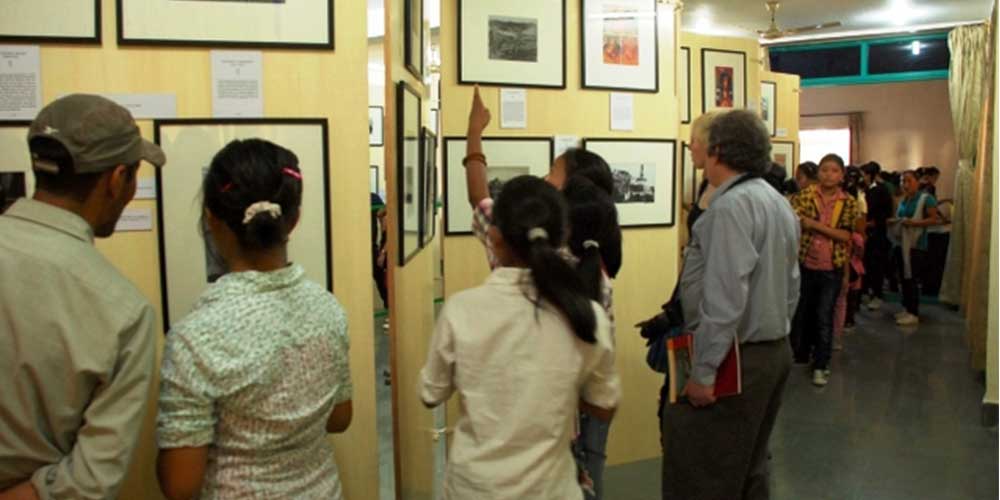
Photographic Archive
The photographic archive started off as Tibetan Architecture Documentation Centre (TADC). It was formed in 1991 as a part of the Library of Tibetan Works and Archives (LTWA), to document the precarious tradition and act as a data bank for future research and constructions. But with the growing number of donation of pictures, slides and films, which includes both architectural and non architectural pictures, it shifted from being the Tibetan Architecture Documentation Centre to the Photographic Archive. It now collects, digitize and store growing library of color and black and white photos, slides, and films of both architectural and non architectural specially those which are pre-1959, rare, or in private collections, as well as modern, in exile pictures.
The primary objective of the photo archive, under the Audio Visual department is to collect and preserve the photographic representations of historical insights of Tibet and its people. Tibet has for centuries been a mystery and fascination for the world outside because of its ‘forbidden country’ tag making the photos of Tibet and Tibetans extremely rare and unique. Thus, the Photo Archive, preserve and archive these visuals and make them available to anyone interested in Tibetan studies and contemporary Tibetan civilization.
The collections primarily include donations received from various individuals and institutions and photos taken by the Archive in India and Nepal. The present collections contain approximately over 10,139 hard copies, 1,16,165 soft copies, 500 slides and around 2,523 films including both positives and negatives.
The Archive is open to anyone interested to view the contemporary Tibetan civilization captured on lens. Loans of digital copies of photographs are also available to scholars, researchers, students and the general public subject to the formal agreement of terms and conditions set by the Archive.
In Commemoration of 50 Years in Exile (An Exhibition of Tibetan History in Pictures)
 Library of Tibetan Works and Archives The Library of Tibetan Works and Archives is a Tibetan library in Dharamshala, India.
Library of Tibetan Works and Archives The Library of Tibetan Works and Archives is a Tibetan library in Dharamshala, India.